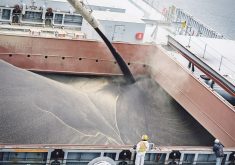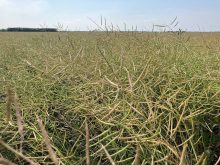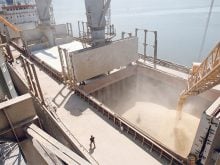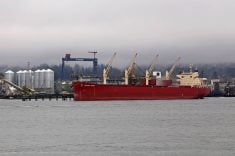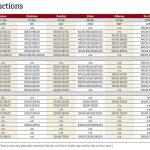Fed cattle prices strengthened in the week before Christmas, with the weekly average on steers and heifers up in a range of $1.75 to $2 per hundredweight.
Canadian data is not available for the week before New Year’s, but the market remained strong. The December futures contract in Chicago closed out Dec. 29 above $80 (US), the highest level for any lead month since early 1993.
Good beef demand and tighter fed cattle supplies drove up prices, said Canfax.
Feedlots took advantage of higher prices and increased bargaining position by pulling cattle forward, adding more lightweight cattle to the mix.
Read Also
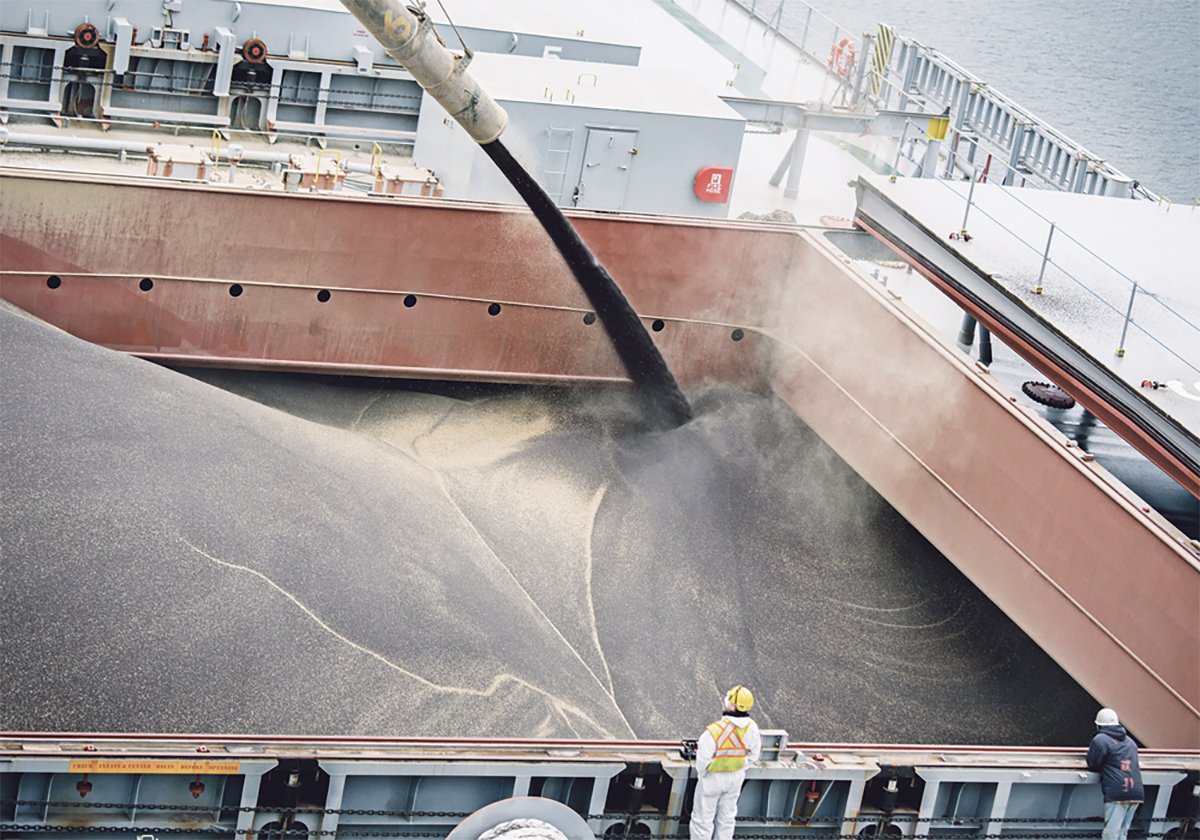
Exports off to a slow start after last year’s torrid pace
Canadian grain, oilseed and pulse exports are off to a slow start, but there are some bright spots, according to the Canadian Grain Commission’s most recent weekly export data report.
Most sales went to Alberta packers.
Alberta prices Dec. 22 were steers $105.50-$110.25 per cwt., flat rail $181-$183.20 and heifers $108-$110.25, flat rail $182-$184.20.
The strong fed cattle market kept wholesale beef prices strong.
The following prices are for a two-week settlement due to smaller volumes during the holiday weeks.
Calgary wholesale prices rose $4-$6 per cwt. with handyweight carcasses at $177-$190 and heavyweights at $174-$177.
The Montreal wholesale price rose by $5 to $177-$179.
Canfax noted that some cattle will have been on feed only 80-100 days.
Prices over the next couple of weeks will depend on kill volumes. If volumes decrease, pressure is expected. However, if the surprisingly strong beef demand continues, it will provide a strong floor.
Slaughter cows traded steady in the week before Christmas, supported by fed cattle prices.
The number of cows on offer was fairly light as business slowed for the holidays.
Feeders sold steady, buoyed by the strong fed cattle market and dropping volumes.
Only a couple of rings were offering sales.
The average for 500-600 pound steers was $155, and for 800-900 lb. steers was more than $128.
Canfax said that as auction barns get back into the swing of things, volumes will grow by the middle of the month.
Prices should be steady on good quality types, and some pen space should clear out as larger volumes of fed cattle are expected to move in January.
In stock cow trade, volume was high for the week before Christmas. Bred cows sold from $600-$1,600 (most from $1,000-$1,300) and bred heifers sold from $970-1,550 (most from $1,000-1,200). Cow calf pairs traded from $1,110-1,600.
Winter storms across the United States plains and Midwest kept cash hog bids almost steady.
The average Iowa-southern Minnesota hog price (at plant mean, 51-52 percent lean, live equivalent) slipped from $39.40 (US) per cwt. on Dec. 22 to a range of $33.25-$43.25 with a mean of $39.25 on Dec. 29.
Ample frozen storage and indications of a steady supply of hogs next spring and summer depressed frozen belly futures.
Despite predictions that the U.S. Department of Agriculture hogs and pigs report would weaken hog futures prices, they closed slightly stronger on Dec. 29.




